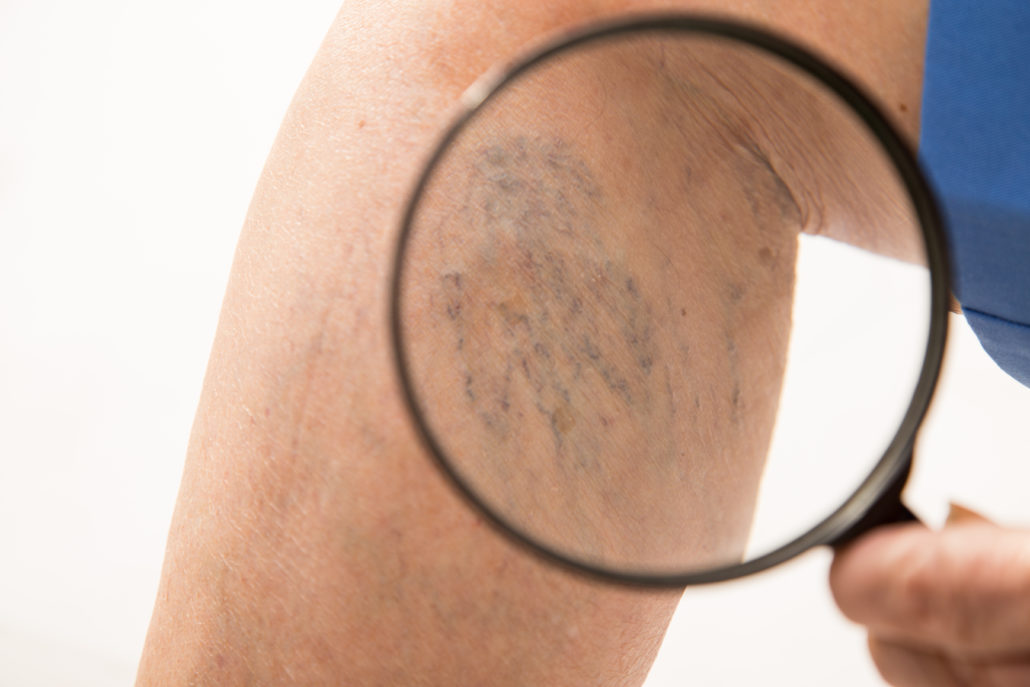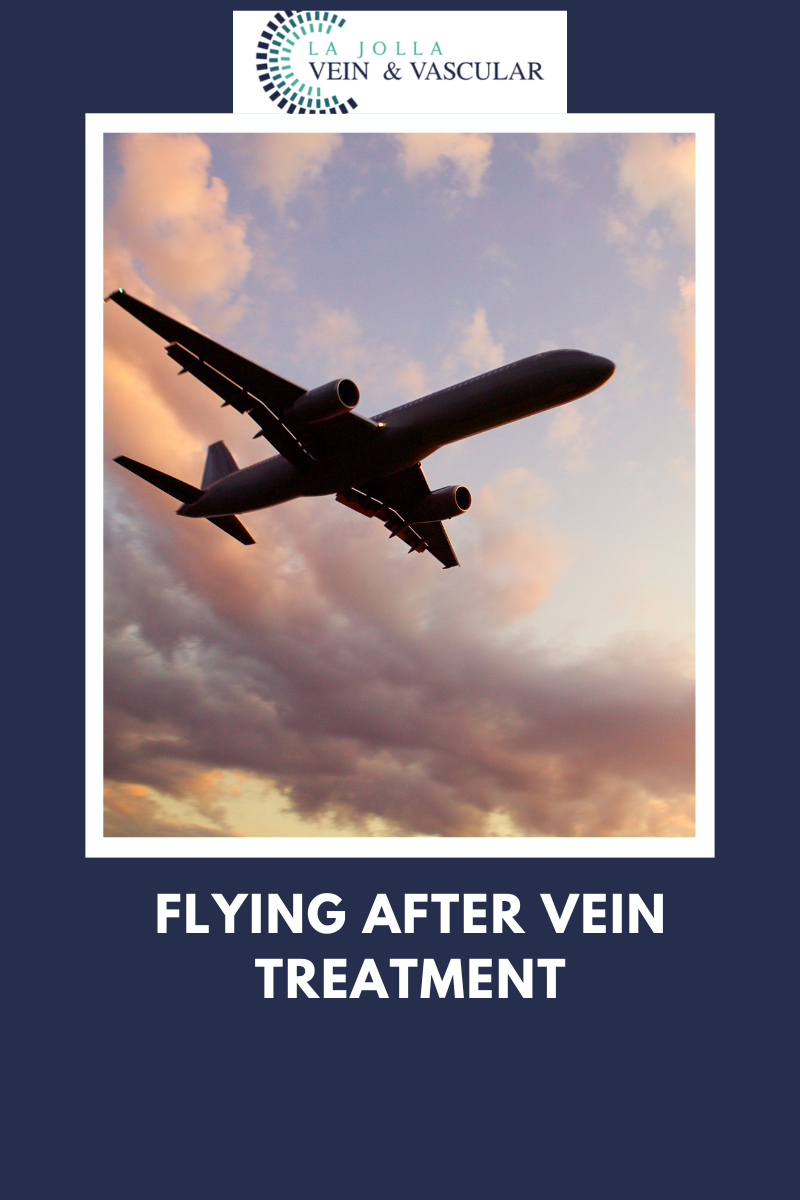What are the adverse effects of vein treatment?

Adverse effects of vein treatment are uncommon.
Patients generally do very well with vein treatments, all of which have a low risk of complications. Most patients feel the benefits within a couple of weeks of treatment, for others it may take longer. With all treatments, the benefits need to be discussed along with the potential side effects or adverse events. The following are potential adverse effects from thermal vein ablations we tell our patients.
- Aching over the treated veins is normal. This responds well to walking, ice packs, and anti-inflammatory medications such as ibuprofen (Advil, Motrin) or naproxen (Aleve).
- Bruising over injection sites is also normal after vein treatment and resolves in about two weeks.
- Hyperpigmentation over a vein can occur from blood pigments that are released as the vein is healing. It is more common in patients with large bulging veins and certain complexions. Hyperpigmentation tends to fade over many weeks if you stay out of direct sunlight.
- Intravascular hematoma refers to a large varicose vein that becomes firm and tender days to weeks after treatment. This also responds well to ice packs and anti-inflammatory medications. We may also recommend a confirmatory ultrasound and/or offer needle drainage of the trapped blood to alleviate discomfort and minimize skin pigmentation.
- Deep vein clots are very uncommon, and usually are limited to patients with poor mobility, advanced age, hormone treatment, and/or genetic tendency for clotting. We monitor all patients with ultrasound throughout treatment so we can detect clots at a very early stage before they cause a symptom. We may recommend surveillance ultrasounds, extra walking, and/or a short course of blood thinners.
- Numb spot over a treated vein is another uncommon event after radiofrequency or laser vein ablation. This occurs when a branch of a skin nerve gets stunned during the heat treatment. It tends to improve over several weeks. The nerves that control the movement of the leg and foot are located far from the superficial veins.





